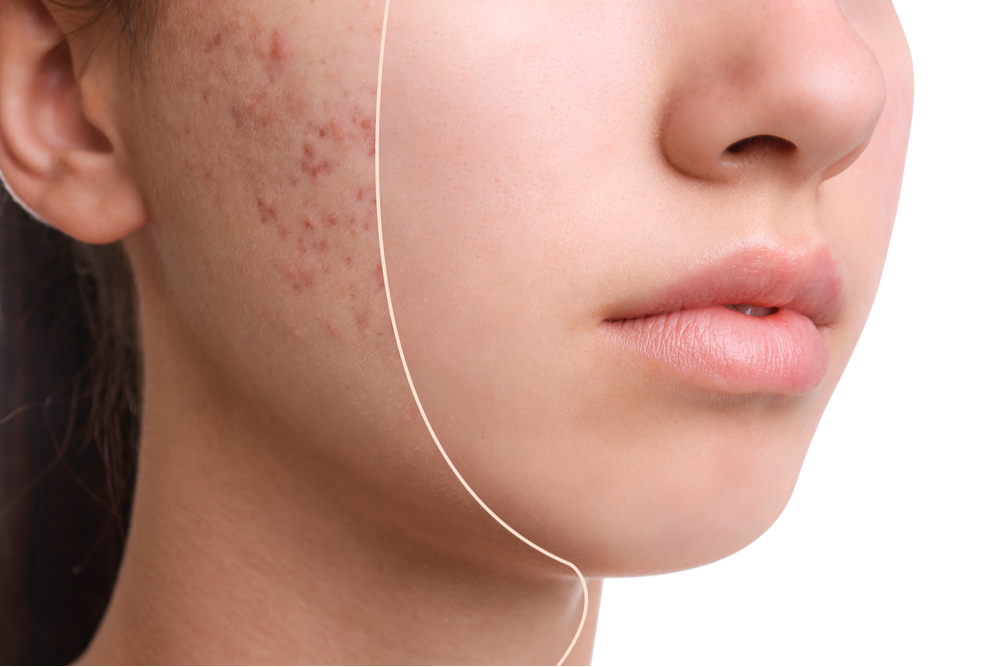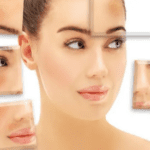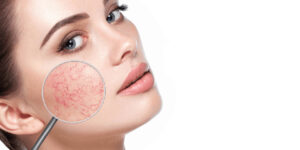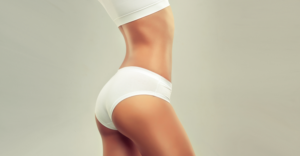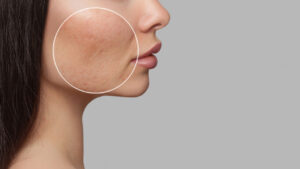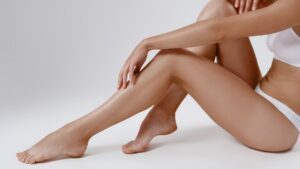Acne scars. Types and treatments
Content
Not everyone has been generously gifted with perfect facial skin. Many – both women and men – suffer from rashes on the face. This unpleasant cosmetic problem often turns into an even more unpleasant one – the so-called post-acne. These are ugly marks on the skin that appear on the skin after acne disappears. They may look like spots and scars.
People suffering from this problem spend a lot of time and cosmetics trying to mask the unaesthetic traces of recent acne, and still feel insecure. At the same time, the pores become even more clogged, as a result of which new acne appears.
Many wonder whether it is possible to get rid of scars after acne. Fortunately, it is possible, and there are various ways to get rid of acne scars, which will be discussed below.
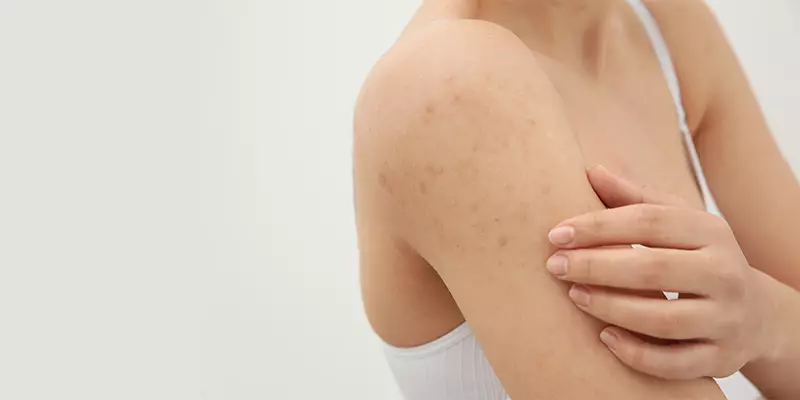
Causes of acne and post-acne
For some reason, many think that only oily skin is prone to acne, but it’s not true. In fact, those with combination or even dry skin are also prone to the formation of rashes on the face. The nature of the rashes can be different. In general, acne is a local inflammatory process in a specific area of the skin. It can be caused by hormonal failure, impaired functioning of the gastrointestinal tract (for example, due to malnutrition), as well as incorrect skin care.
With increased inflammation and its spread to the deeper layers of the dermis, post-acne marks appear – small dark spots left behind after an inflamed blemish heals. They’re sometimes referred to as “acne scars”.
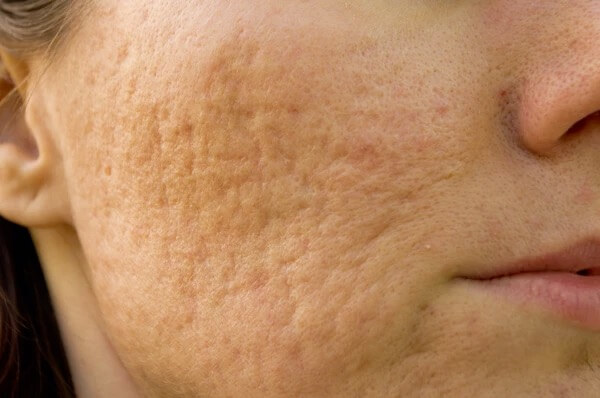
Why does post-acne appear?
- Due to long-term problems with the skin of the face.
- With the wrong selection of cosmetics and skin care products.
- Due to the presence of deep inflammatory elements.
- When ignoring acne, the lack of appropriate treatment.
- Due to the treatment of rashes by a specialist with low qualifications.
- When popping pimples yourself.
- When traumatizing small capillaries.
- When an infection occurs.
How does an acne scar form?
Acne scars are the result of inflammation of acne blemishes. The acne pore swells and a breakdown occurs in the wall of the pore. Some acne blemishes are small and the scars created are shallow and heal quickly. The human body responds to inflammation with a faster-than-normal production of white blood cells as well as inflammatory molecules. As a result, post-acne is formed in the form of pigmentation, and scars of various types. There are different types of post-acne scarring: icepick scars – these are deep, narrow, pitted scars. Rolling scars – broad depressions with a sloping edge. Boxcar scars – broad depressions with sharply defined edges. Hypertrophic or keloid scars – thick lumpy scars. Before you remove acne scars, you need to understand what type of post-acne you are dealing with.
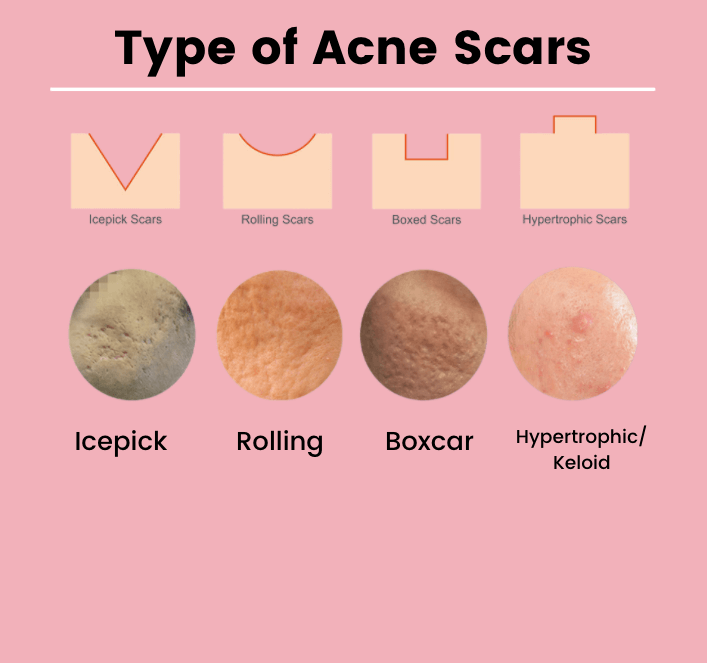
Atrophic Scars
Atrophic scars are the most common type of acne scarring. They form during the healing process of cystic acne.
When skin tissue is lost or destroyed during skin regeneration, atrophic scars can form. They are primarily caused by the loss of collagen, which the skin makes as part of its healing processes. For this reason, atrophic scars form below the top layer of the skin. Without collagen, the skin can’t fully rebuild to what it was before. Atrophic scars look like holes or gaps in the skin, where the collagen has been lost. They also may look like shallow depressions or craters.
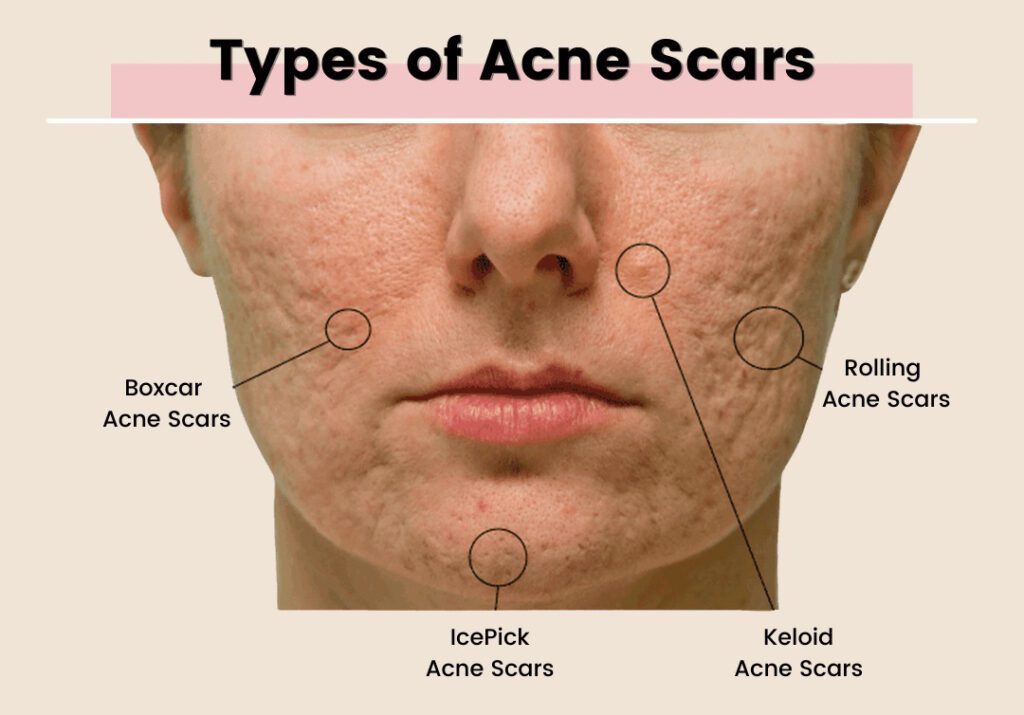
What are the types of atrophic acne scars?
The first type of post-acne – spots – is pigmentation, which appears as a result of increased synthesis of melanin pigment. This is the most harmless type of post-acne, which passes relatively quickly (up to a year).
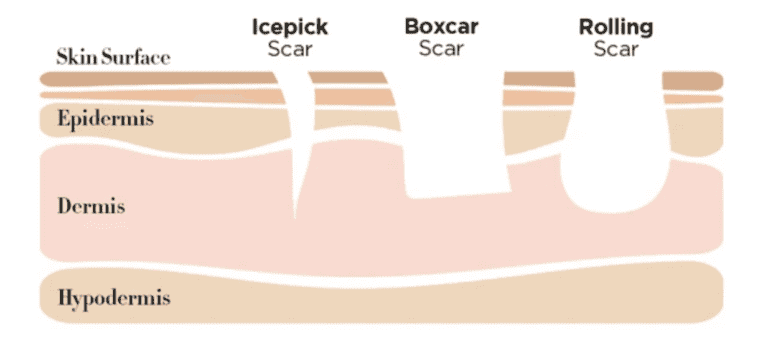
Rolling Acne Scars
Rolling scars look like waves across the surface of the skin. They are not well-defined, but instead, make the entire surface of the skin look bumpy and uneven.
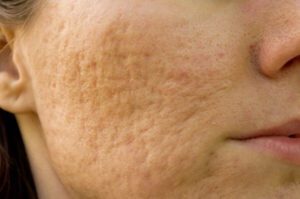
Icepick Acne Scars
Icepick scars are deep and narrow. Usually, they develop after cysts or infections in the pores.
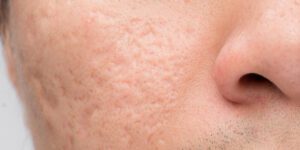
Boxcar Acne Scars
Boxcar scars have well-defined edges. They are distinguishable from icebox scars because they are wider and have ‘boxier,’ edges.
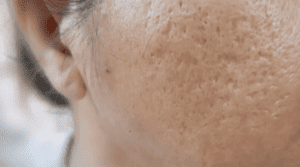
Is it possible to get rid of acne scars on my own
In search of answers to the question of how to quickly get rid of acne scars, women, as a rule, first look for “homemade” solutions to the problem.
The fact is that traces of the so-called post-acne affect the deep layers of the dermis and provoke serious skin changes. Therefore, it is impossible to completely remove acne marks on your own without resorting to the help of professionals. But with the help of “homemade” methods, you can improve the appearance of post-acne, however, this will take a lot of time. The skin needs a comprehensive approach that includes reducing inflammation of the skin, improving its blood circulation, deep hydration, and ensuring the synthesis of new cells.
Here are two ways to treat acne scars at home:
You can use soft peels with fruit acids, which provide deep cleansing. Also, special serums and essences for recovery, whitening creams and masks, and products to stimulate the production of natural collagen are recommended.
You can also use products that have a resolving or regenerating effect, created specifically for anti-scarring. It can be ointments, various creams, etc. As a rule, such preparations contain substances such as sodium heparin, allantoin, silicon, cepalin, etc., which have anti-inflammatory, analgesic, moisturizing, stimulating, and antibacterial properties.
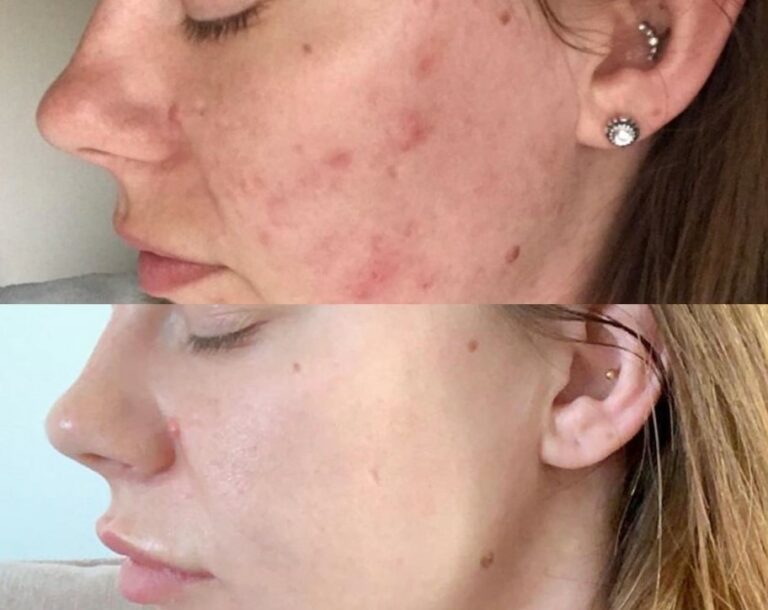
How to deal with acne scars: medical spa treatments
Dermatologists will tell you how to restore a face after acne. Specialists prescribe individual treatment for each patient and select suitable procedures. Post-acne manifests differently for everyone, so the doctor prescribes a procedure that allows you to solve the problem of a particular patient.
There are several medspa techniques that are recommended for those who do not know what to do with acne scars:
Dermal Peeling
Microneedling
Lumecca IPL
Chemical peels
This procedure, due to the removal of the upper layer of the dermis, can significantly reduce post-acne.
Peeling in the salon can be different. They offer several options for the depth of impact – superficial, or deep peeling. The procedure is performed using acids (usually retinol or phenolic acids).
Microneedling for acne scars is one of the most promising. This procedure allows you to reduce the appearance of post-acne by stimulating the production of collagen. When carrying out microneedling, hyaluronic acid preparations, vitamins A and C are used.
After the procedure, the skin acquires firmness and elasticity, which becomes a pleasant bonus for getting rid of post-acne. Microneedling can be performed both by injection and non-injection methods. But this technique is suitable only for patients with minor injuries, it does not work on large areas of the skin.
. Removal of pimples (acne) and post-acne problems with the Lumecca photosystem is an effective technique that allows you to achieve an excellent effect in a minimum number of procedures. Lumecca IPL treatment shows excellent results in the treatment of acne and post-acne conditions.
During the procedure, Lumecca IPL radiation affects a special pigment – porphyrin, which contributes to the formation of singlet oxygen deposited on cell membranes. As a result, the membranes are destroyed, and the activity of the sebaceous glands is reduced.
Chemical peels can be effective in treating some types of acne scars. Professional procedures give faster results than home peels. Scars that cannot be treated with peels may benefit from other treatments, such as laser therapy.
A chemical peel involves applying acid or a mixture of acids to the face to remove the top layers of skin, revealing new skin underneath and stimulating collagen growth to improve the skin’s appearance. These peels can be used to treat a wide range of problems, including some forms of acne scarring.
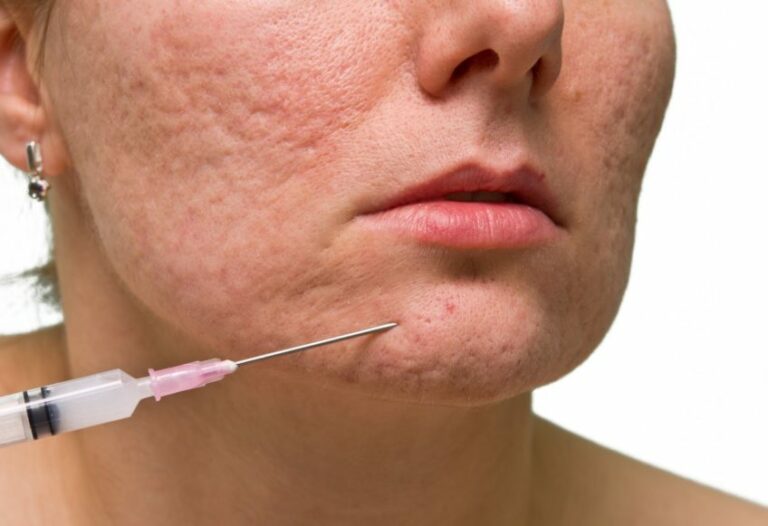
Post-acne prevention
In order not to be tormented by the search for an answer to the question of how to remove acne scars, it is better to prevent their occurrence. So, it is necessary to start acne treatment on time. Also, take into consideration the following in order to prevent the appearance of scars:
- Don’t pop pimples.
- Do not traumatize acne.
- Take care of your skin and use specific products for your skin type.

